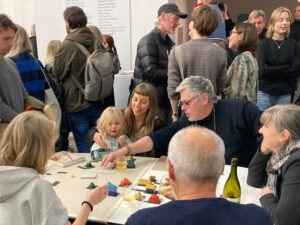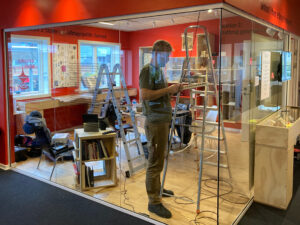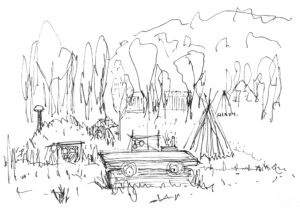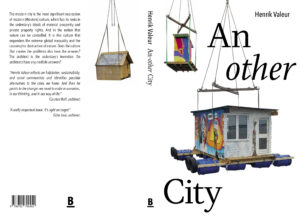Research Day
Poor, vulnerable, excluded in North and South
Talk about ‘Action research in a floating community for outsiders’
Floating community game
Board game intended to enable various stakeholders, including possible future inhabitants, authorities and politicians, to better understand the circumstances and perspectives of the other by creating a proposal for a floating community together.

The drug users’ museum
This tiny museum occupies an existing office space. The exhibition is created by independent curator, Tone Olaf Nielsen. We didn’t want the architecture to be perfect, but to express the fact that it was made of elements and materials we were given or found.

Indigenous architecture
Travel around Sapmi to learn about Sami architecture. Reached the settlement of Vilgesvarre after two days hiking in the mountains. Took a boat to Karlsøya Festival. Hitchhiked from Tromsø to Alta and down to Jokkmokk. Stayed with a siida in Kunes.

An-other City
Manifesto-like debate book questioning the current practice of architecture and suggesting a more anarchistic and experimental approach to the creation of cities.
About ![]()
